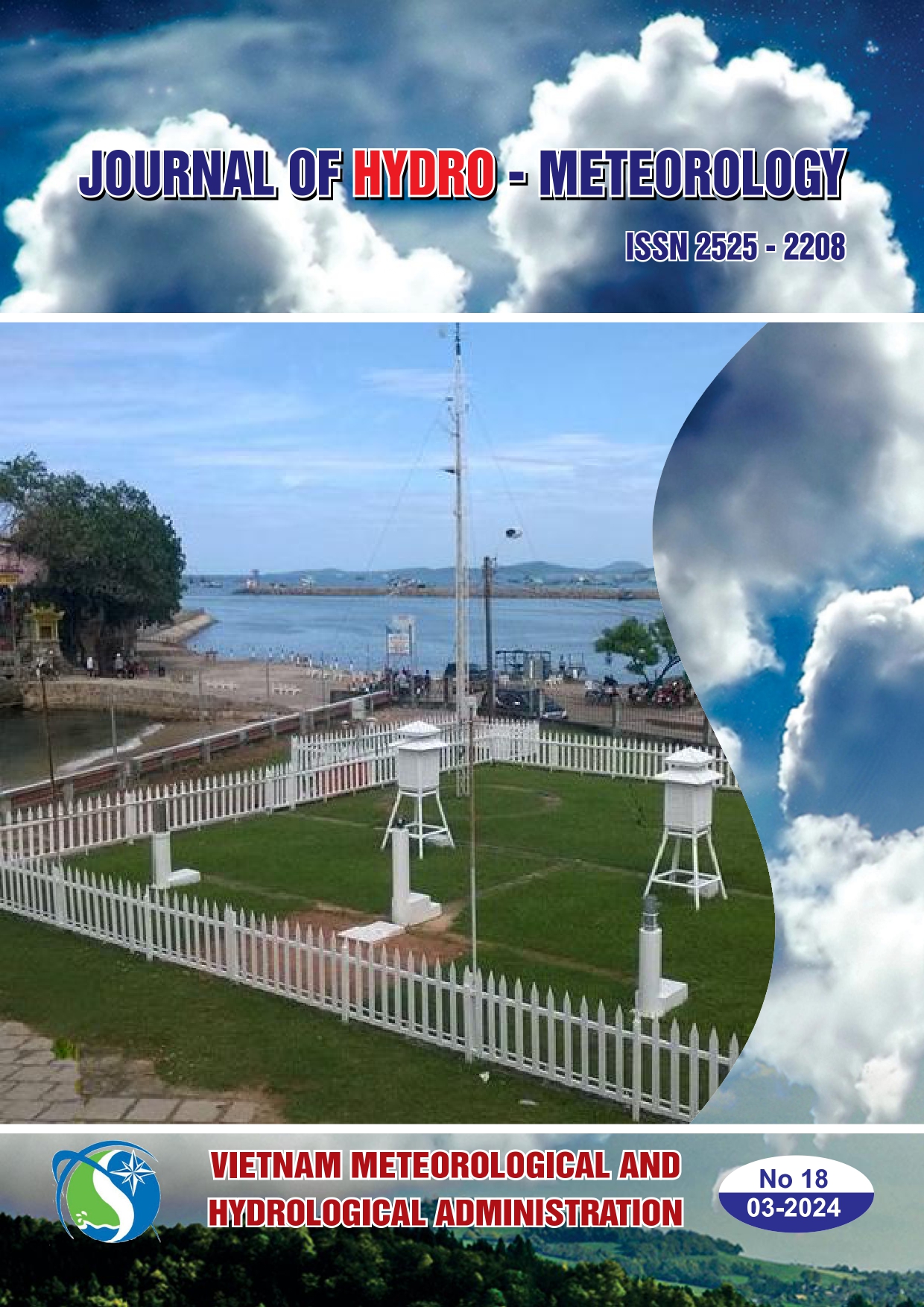Characteristics of seawater intrusion in Soc Trang province, Vietnam
Tóm tắt
Seawater intrusion poses many severe issues in many coastal areas around the world, including the Mekong Delta, Vietnam. For sustainable water management in such regions requires, it is crucial to understand the characteristics of salinization. This study aims to investigate the characteristics of the salinization phenomenon in water systems and its controlling factors based on hydrogeochemical analysis, seawater-freshwater mixing model and End Members Mixing Analysis. The results revealed that seawater intrusion negatively affects strongly on surface water quality with different magnitudes, depending on seasonal variation and tidal regime. It was estimated that surface water mixed with approximately 29.5% and 4.12% of seawater in the dry season and rainy season, respectively. However, it was found that the salinity in groundwater showed less seasonal variation and was distributed heterogeneously following the depth of screened wells and distance to the sea. The mixing ratio between seawater and groundwater varied widely, ranging from less than 10% in deep groundwater up to a maximum of 38% in shallow groundwater. Surface water salinization in the study area is controlled by upstream discharge, tidal regime, and operation of sluice gates. Meanwhile, groundwater salinization might be governed by geological characteristics, original recharge sources, human intervention, and natural variation, especially excessive groundwater exploitation in the Mekong Delta. Therefore, integrated sustainable groundwater and surface water use and management strategies in the Mekong Delta are needed in the context of human-nature intervention.

